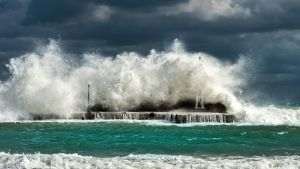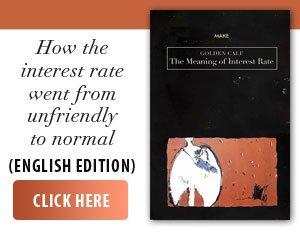A study by researchers at Griffith University and published in the journal Biological Conservation shows that more than 220 critically endangered species in Australia are at risk of extinction. The main causes are habitat fragmentation and insufficient protection of the natural environment. This is the first national assessment dedicated to species with extremely small ranges - less than 20,000 square meters and distributed in fewer than six locations.
• Essential habitats outside protected areas
The study reveals that almost half of the 85,000 square kilometers of habitat needed for the survival of these species is outside national parks and nature reserves. Worse, more than 55% of these territories are land suitable for agriculture, which exposes them to the risk of deforestation and degradation. "Globally, we know that species with restricted distributions face a disproportionate risk of extinction, and in Australia, the impact of land pressures could have catastrophic consequences," said Michelle Ward, a researcher in Griffith University's School of Environment and Science and lead author of the study.
• Species on the Brink
Of the species analyzed, 39 are critically endangered and have all of their habitat outside any protected area. In addition, more than half of the unprotected habitat is available for agriculture - an additional threat to these fragile ecosystems. Plants are the most vulnerable, followed by reptiles, amphibians, invertebrates, freshwater crayfish, fish, birds and mammals. Many of these species live in extremely limited, isolated ranges and often located on private land.
• Conservation doesn't stop at national park borders
"The future of many species depends on what happens on private land. Conservation doesn't stop at national park fences," said Jody Gunn, chief executive of the Australian Land Conservation Alliance. She warned that many threatened species could only be saved if governments developed clear policies and provided financial support to landowners to protect habitats.
• A call to action to protect biodiversity
The study highlights the importance of a broader vision for conservation, including both protected natural areas and the involvement of private landowners. Australia's unique biodiversity, already affected by climate change and habitat loss, urgently needs coordinated and sustained interventions.



























































